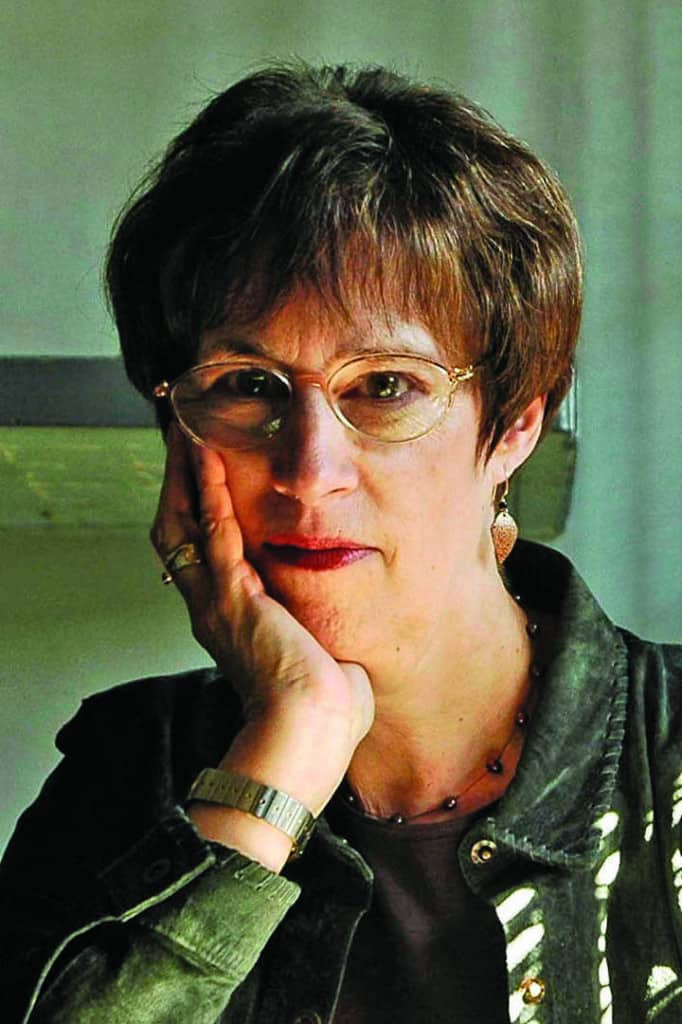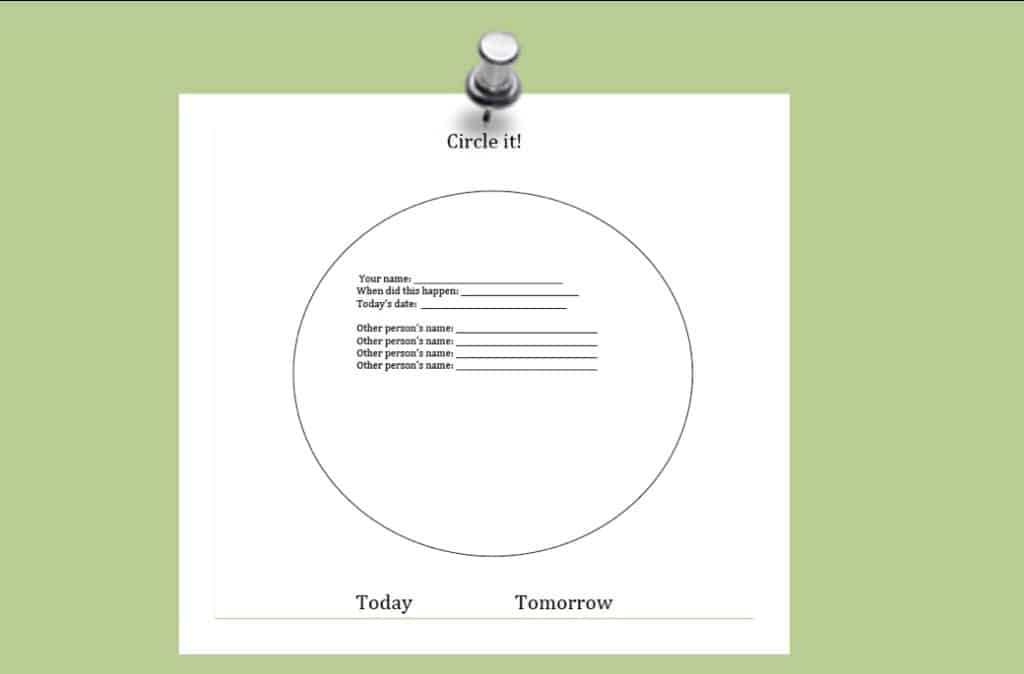A San Antonio middle school with some of the highest disciplinary sanction rates in its district has experienced an 84 percent drop in off campus suspensions during the past year since administrators began using “restorative discipline” as an alternative to “zero tolerance” to deal with conflicts among students.
Restorative discipline is a prevention-oriented approach that fosters consensus-based decisions to resolve school conflict such as bullying, truancy and disruptive behavior. Sixth-grade teachers at Edward H. White Middle School in San Antonio’s North East Independent School District were trained during the summer of 2012 in restorative discipline methods by a team headed by Marilyn Armour, a professor at The University of Texas at Austin’s School of Social Work and director of the Institute for Restorative Justice and Restorative Dialogue. Armour’s work at Edward White Middle School is part of a three-year research project initiated by principal Philip Carney.

“The main goal is to create a different kind of school climate,” Armour explained. “When a student misbehaves, instead of saying ‘go to the office,’ it’s about stopping and engaging with that student in a meaningful way. It is time-consuming, but it’s about investing in the creation of a different kind of climate that pays dividends when times get tough.”
In addition to the 84 percent drop in the use of off-campus suspension (whereby a student is prohibited from being on campus for a specified length of time), the dividends of restorative discipline included a 44 percent drop in total suspensions, which include off-campus suspensions and all other suspensions that allow students to remain in school while they are being disciplined (see the full report here).
Armour stressed that the drop in suspensions does not necessarily mean that there are fewer student conflicts. It reflects that teachers are responding to student misbehavior in a different way.
The report after the first year of the program showed that high turnover in sixth grade teaching staff and some teacher resistance to the new way of dealing with student misconduct contributed toward inconsistencies and other challenges with implementation. Armour noted, however, that even with these challenges Edward White Middle School made “sturdy and noteworthy progress in its first year.” She said the lessons learned would be invaluable in extending the program. Seventh- and eighth-grade teachers are next in the training schedule during the next two years, with the goal of having all teachers trained by 2014-2015, the final year of the project.
Restorative circles are one key method teachers are implementing at Edward White Middle School. Led by an adult facilitator, a restorative circle brings together the students in conflict in a setting that emphasizes mutual respect, deep listening, and the search for a consensus-based solution. The solution agreed upon is then written in a binding document that all circle participants sign and promise to uphold.

“The program can be a bit of a hard sell, because people look at discipline whereby students are bad and we punish them,” said research team member Stephanie Frogge. “But we know from the research that while punishment might be satisfactory at the moment, it does not really solve the problem. This program is an investment, and the teachers who invested the most were the ones most satisfied.”
Frogge said that students embraced restorative discipline methods, and even added their own original contributions to the program. Last year, students came up with the idea of a form they could fill out to request a restorative circle whenever they felt there was a situation that needed to be addressed.
“The form has a big circle on it, where they describe the situation and who is involved,” explained Frogge. “They then check either right now, today, or tomorrow, to give adults an idea of the level of emergency.”
According to Frogge, “circling it” is becoming a popular phrase at Edward White Middle School.
“There was this tense situation between a sixth and a seventh grader,” said Frogge. “And the older girl said ‘I could fight you, but I’m not going to do it. I’m going to circle it.’ That’s what the kids have started calling it when they use the form to request a circle. It has been pretty amazing.”
Posted December 17, 2013. More about this story in Kens5 San Antonio, WOAI News Radio, and KTBC Fox 7.


